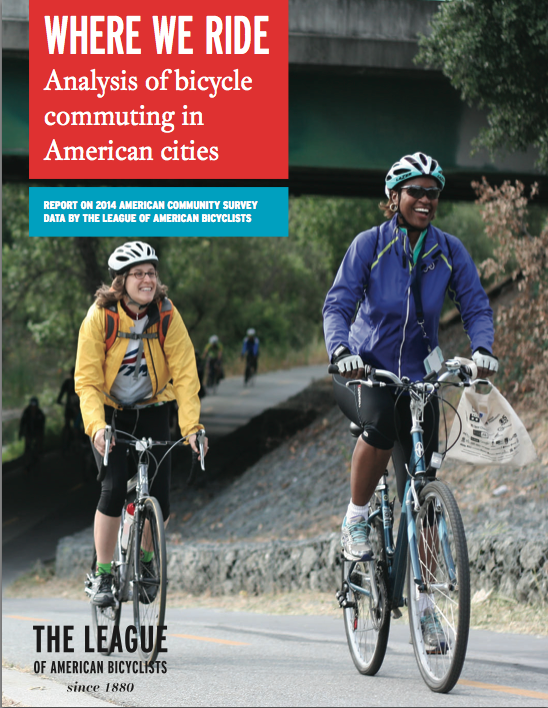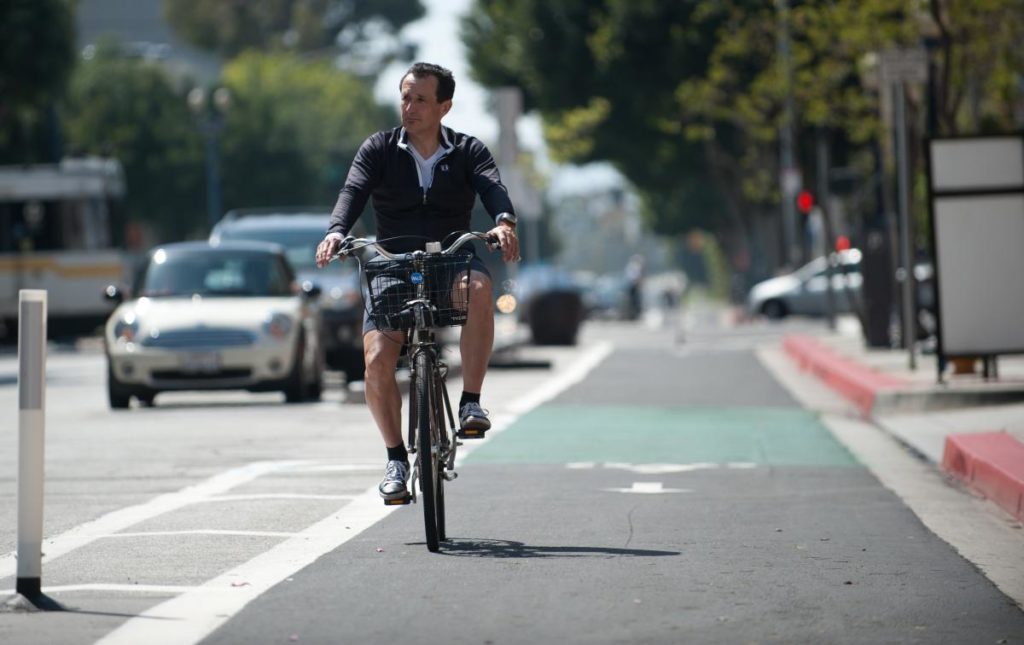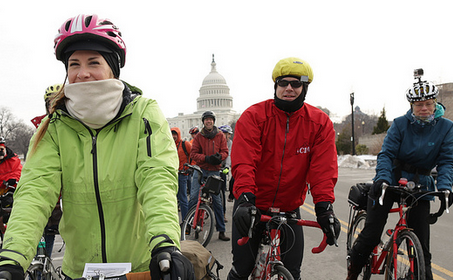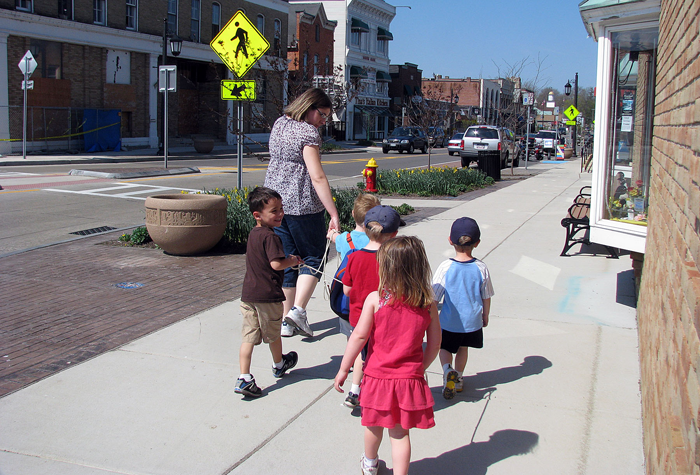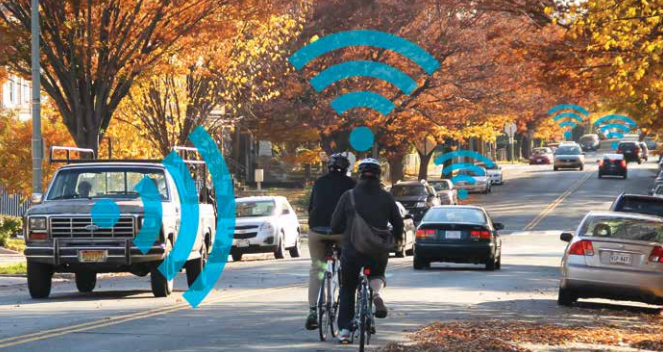Posts by Ken McLeod
Can a new car make your bike ride safer?
NHTSA update of 5-Star Rating System includes crash avoidance technologies for first time.
Read More2016 Advocacy Awards at the National Bike Summit
As we approach the 2016 National Bike Summit & Women’s Forum the League of American Bicyclists is happy to announce that we are working with the Alliance for Biking & Walking to present an Awards Gala on the opening night of the National Bike Summit.
Read MoreBikeshare Transit Act introduced to help fund Bikeshare projects
Today Congressman Earl Blumenauer (D-OR) and Congressman Vern Buchanan (R-FL) introduced legislation that makes it easier for federal transit and highway programs to fund bikeshare systems and related improvements.
Read MoreFHWA Proposes Rule that makes Bicycle-Friendly Streets Easier
When communities want to make their streets more bicycle friendly, they often face many of layers of opposition and challenge. Even when the popular and political will exist, existing regulations can stymie the process. This is especially true for roads within the National Highway System, but there’s new hope that these regulations will become easier to navigate.
Read MoreWhere We Ride 2014: Analysis of Bike Commuting
In our third edition of “Where We Ride: An Analysis of Bicycling in American Cities” we take a look at the growth of bicycle commuters throughout the country, based on new data from the Census Bureau’s American Community Survey. We dissect broad trends, like where among large cities bike commuting is growing fastest, and take on and more granular analyses, like which cities are exploding with bike commuters by region and size.
Read MoreNew Data: Bike Commuting Growing Steadily
This morning, the U.S. Census Bureau released the American Community Survey (ACS), revealing new data on bicycle commuting in the United States. According to the ACS, 0.62% of commutes to work were made by bicycle in 2014, which represents a modest 0.5% increase from 2013. In total, the Census Bureau estimates that there were 904,463 bicycle commuters across the country in 2014. Since 2000, ACS data shows a 62% increase in bicycle commuting.
Read MoreNew: Model Laws for Better Biking
Every year we make recommendations that states improve laws for bicyclists. In 2015, we recommended that 22 states adopt a 3 foot or greater safe passing law and 30 states adopt a vulnerable road user law. In the last decade these types of laws have proliferated, with 15 states adopting new safe passing laws and 8 states adopting vulnerable road user laws since 2008. To help states achieve these recommendations I am happy to announce three new or updated model laws that states and communities can use to craft legislation that supports the safety of bicyclists.
Read MoreTell FHWA to Make Good Street Design the Standard
The National Highway System (NHS) needs to be safe for bicyclists. Most bicyclists will never ride on what they consider a “highway,” but the National Highway System includes many arterial streets where bicyclists regularly ride. In 2013, 157 of the 743 bicyclist fatalities (21%) reported by NHTSA were on the National Highway System despite the National Highway System accounting for only about 4% of all public roads. Please join us in supporting the efforts of the National Complete Streets Coalition to ensure that the Federal Highway Administration provides engineers with the proper tools to ensure that the National Highway System is safe for everyone, including bicyclists. Learn more about the need for action in the blog below.
Read MoreHow will new technology affect bike safety? Congress wants to know
New technology is coming for our roads, but what does that mean for you? It is hard to know what to think of self-driving cars, connected cars, and new safety technologies that augment the abilities of vehicle drivers. Last year, we asked on social media whether automated cars will increase or decrease safety for people who bike and walk – and most people said they didn’t have enough information to know. Thankfully, Rep. Dan Lipinski (D-IL) has introduced the “Future Transportation Research and Innovation for Prosperity Act” or Future TRIP Act. The Future TRIP Act directs the Secretary of Transportation to establish an Automated and Connected Vehicle Research Initiative.
Read MoreWill automated cars make bicyclists safer?
Connected and automated vehicles are two distinct technologies that have the potential to revolutionize automotive travel and road safety for everyone — and they’re likely to enter our roadways in just a few years. Connected vehicles can “talk” to each other, exchanging information like speed, brake force and direction. Automated vehicles control driving functions, either relieving a driver of a function or augmenting a driver’s ability.
Read More